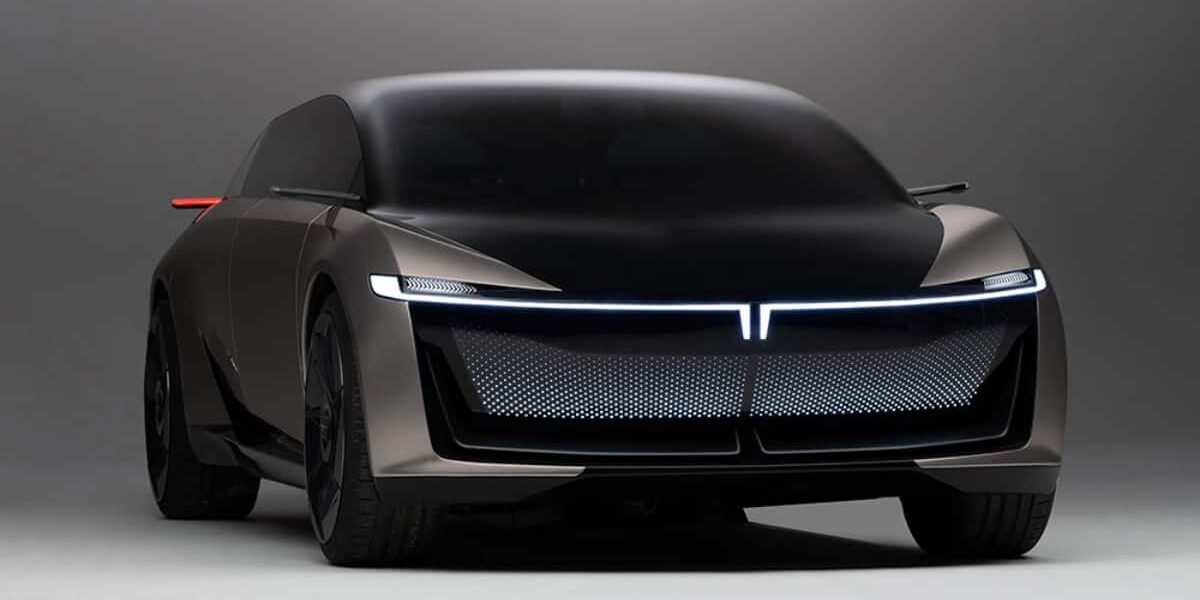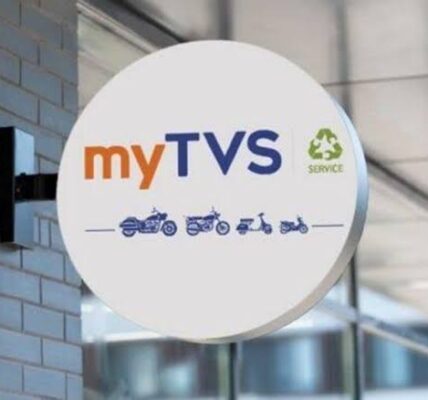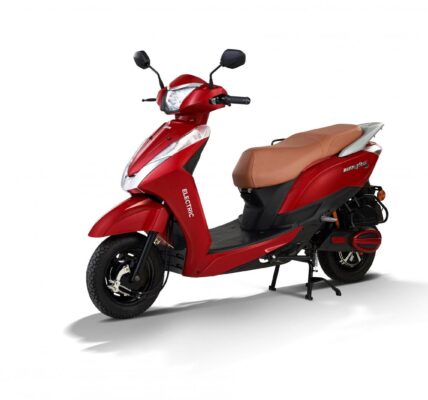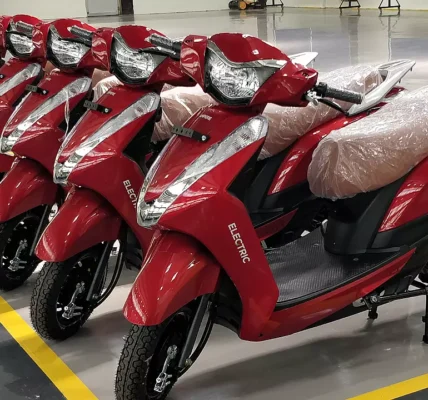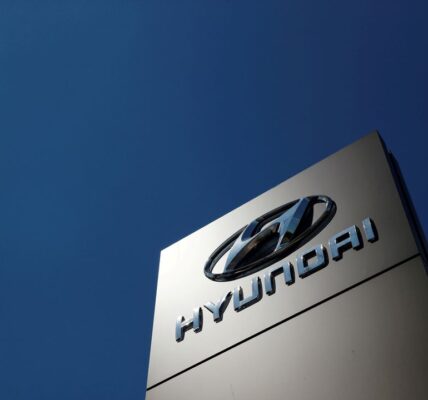Tata Passenger Electric Mobility Ltd (TPEM) and Jaguar Land Rover Plc (JLR), both 100 percent subsidiaries of Tata Motors Limited (TML), have entered into a Memorandum of Understanding (MoU) for the licensing of JLR’s Electrified Modular Architecture (EMA) platform for a royalty fee (including electrical architecture, electric drive unit, battery pack and manufacturing know-hows) for the development of TPEM’s ‘premium pure electric’ vehicles series ‘Avinya’ on the EMA platform. TPEM and JLR will also enter into an Engineering Services Agreement (ESA) to support TPEM’s change content requirements for the first vehicle development.
JLR’s EMA platform will underpin JLR’s next generation of ‘pure electric’ mid-sized SUVs for international markets, to be launched from 2025 onwards.
This EMA architecture will be used for its upcoming premium range of EVs based on the Avinya concept showcased by the company, said P B Balaji, Group CFO of Tata Motors.
He elaborated that Avinya is not just a car, but an architecture that is likely to spawn a family or range of electric vehicles in the future. The ‘Avinya’ concept, first showcased in 2022, is ‘an uncompromising vision of electric mobility that is engineered to provide class leading in-cabin experience with generation next connectivity, ADAS, performance, refinement and safety,’ noted the press release.
The access to JLR’s EMA platform will help accelerate TPEM’s entry into the high end EV segment, while reducing development cycle time and costs. JLR’s advanced E&E architecture is capable of going to L2+ autonomy with all advanced connectivity, comfort and convenience features.
Further, it will accelerate TPEM’s adoption of Software over the Air (SOTA), Features over the Air (FOTA), safety (5 Star Euro NCAP Rating) and ultra fast charging technologies for high performance vehicles.
EMA provides TPEM with a strong architecture to deliver Avinya to global standards of product efficiency and range.
Balaji explained that this is part of Tata Motors’ strategy to transition eventually to skateboard EV – or Gen 3 products.
“If you recollect, we had shared our plans of having Gen1 – converted architecture, Gen 2 – flexible ICE and BEV architecture and Gen 3 – pure EV architecture. When we looked around for a platform for pure EVs, we realised that for Avinya which was planned to be a premium EV play, JLR architecture fits well,” added Balaji.
The move will help Tata Passenger Electric Mobility gain significant benefits from it and help accelerate entry into the High End EV segment.
“It will reduce our development time, advance Tata Motors into advanced electrical and electronic architecture and prepare the brand for future autonomous vehicles.
The EMA architecture is going to spawn Velar and Evoque electric vehicles in the future. Avinya is likely to sit on top of that.
“It is a significant win-win strategy for both Tata Motors and JLR,” added Balaji.
This is the second major joint project announced by Tata Motors and JLR. The Harrier and Safari SUVs are based on the Jaguar Land Rover Freelander platform.
Anand Kulkarni, Chief product officer, and Head, HV Programmes, TPEM said, “Being built on an architecture that is equipped with the latest advances in new age technology and artificial intelligence, Avinya will spawn a new breed of world class RVs, with global standards in efficiency and range.”
Thomas Mueller. Executive Director, Product Engineering, JLR said,”We are proud that JLR’s world class engineering expertise, demonstrated by our EMA platform will help accelerate TPEM’s electrification journey. This partnership is a further example of great collaboration within the Tata Group to share value, knowledge and deliver synergies.”


